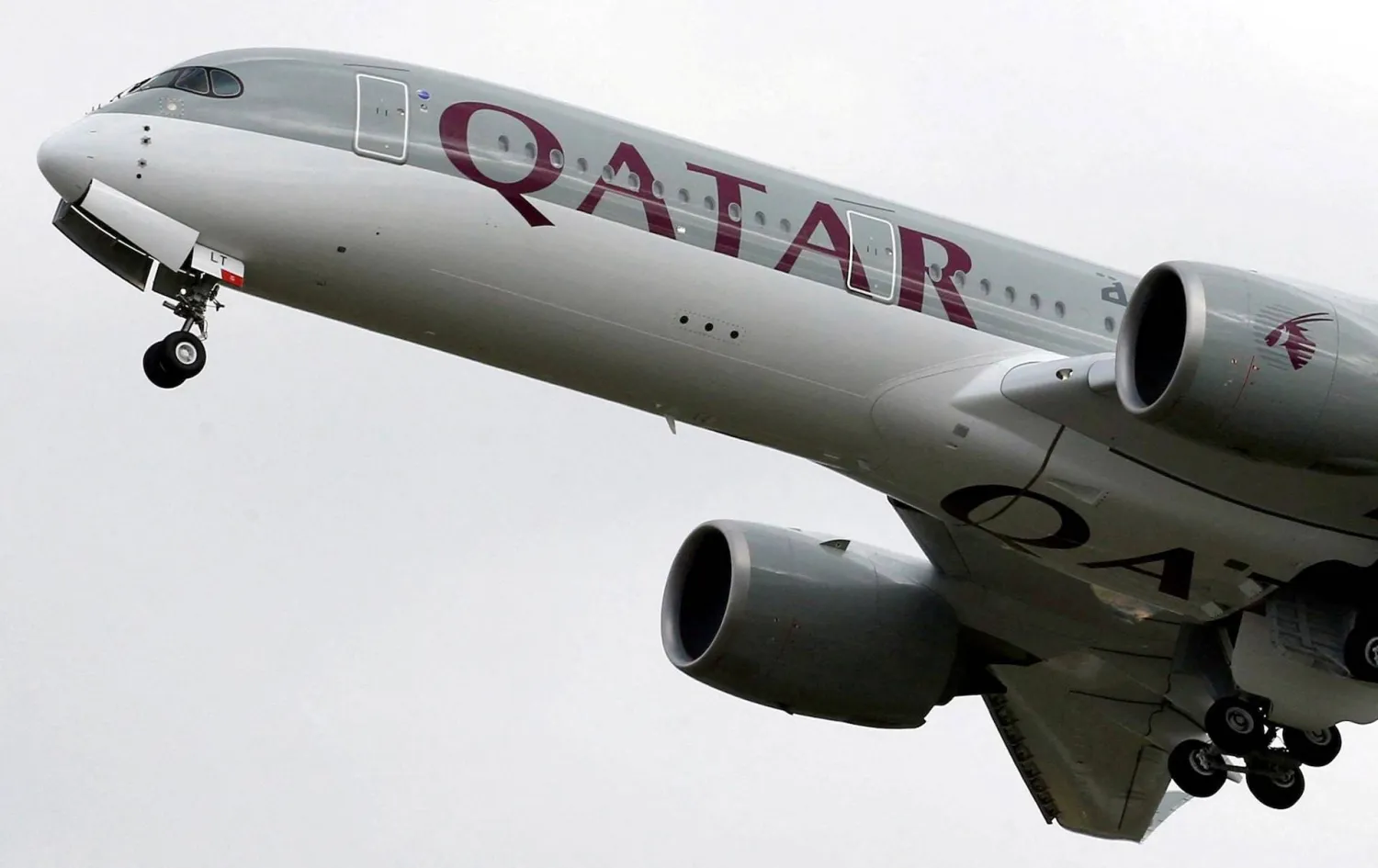Geopolitical challenges and tensions in the Middle East cast a shadow over the Arab Summit that will be held in Bahrain on Thursday. However, these challenges can encourage Arab countries to move towards reaching a declaration of a common Arab market, amid the continued disruption of global supply chains and the emergence of the food security crisis.
The establishment of the Arab Common Market is likely to reduce the risks of dependence on global supply chains, which are suffering from successive disruptions that have already affected the growth rates of some economies, including Arab countries.
This advantage was clearly evident in the electrical interconnection agreements between Saudi Arabia and Egypt, as well as the integrated industrial partnership for sustainable economic development between Egypt, Bahrain, Jordan, the Emirates and Morocco.
Economic challenges
Economic growth rates represent an important challenge for Arab countries. Some states saw a decline in the employment rate and an increase in debt, as a result of the direct consequences of external factors on their economies, such as the Israeli war in Gaza, the Russian-Ukrainian war, and the repercussions of the outbreak of the Covid-19 pandemic.
These factors forced some countries to devalue their currencies against the dollar, which led to a decline in the purchasing value of consumers in parts of the Arab world, in parallel with an increase in inflation rates, which subsequently put pressure on Arab economies.
All these factors have led the International Labor Organization (ILO) to expect unemployment rates in the Arab region to remain high at levels of 9.8 percent during the current year.
Economic integration and the Arab market
The Arab countries have taken important steps towards economic integration, since the launch of the Arab Free Trade Area, which aims to increase levels of intra-trade and remove customs tariffs, leading to the Arab Customs Union, and then the Arab Common Market.
While supporting regional integration requires providing investment incentives and the transfer of intra-Arab capital, Arab countries have recently sought to integrate trade in services within intra-trade liberalization negotiations, in view of the strategic importance of the services sector and its contribution of about 48 percent of the gross domestic product.
In this context, the upcoming summit in Bahrain will discuss an important item on its agenda, which focuses on progress achieved in completing the requirements of the Greater Arab Free Trade Area and the establishment of the Arab Customs Union.
“The economic, social and development fields are the cornerstone of Arab action”, said Arab League Secretary-General Ahmed Aboul Gheit during the meeting of the Economic and Social Council within the preparations for the 33rd session of the League of Arab States Council meeting at the summit level.
In recent press statements, the Secretary General of the Union of Arab Chambers, Dr. Khaled Hanafi, expected intra-Arab trade to grow by 4 percent to 18 percent during 2025, explaining that the volume of trade among Arab countries is estimated at about $700 billion dollars.









